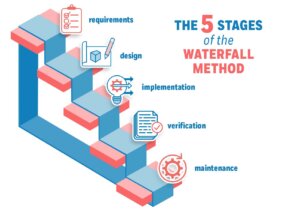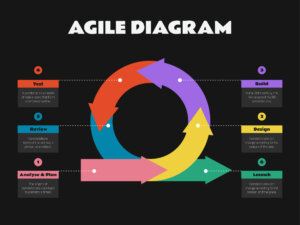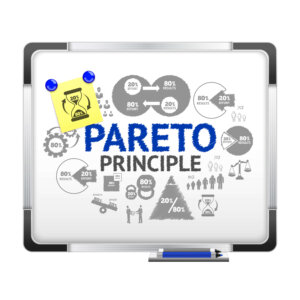Fusion. It’s all the rage in culinary circles, right? Restaurants that prepare great dishes from pan-Asian countries, or pan-Latin American countries, or even European and Asian combinations. All with great, flavorful results.
We can bring a similar mindset to the management of our projects. By combining different methods and strategies we can craft our own ‘fusion’ project management structure, so it includes the best of different schools of thought, yet fits the project well. Although my basic methodology, as those who follow this blog know, relies on the PMBOK® from the Project Management Institute , I often supplement it with some of the following concepts:
From PRINCE2:
In PRINCE2, the project manager takes input from a ‘Project Board’ on important decisions. This Board is made up of representatives from three groups: a Customer, a Senior User, and a Senior Supplier. The combination of skills balance the decision-making very well, so I try to incorporate such a Project Board into my projects whenever possible. Say, to review the Risk Log once per month. More detail on PRINCE2 can be found at ‘prince-officialsite.com’ .
From Agile:
Certain projects see a great deal of change and re-prioritizing. Maybe a technology is new; maybe management wants to react to the market’s shifting requirements quickly. Whatever the underlying reason, when the mandate of the project is to be reactive, the team needs an Agile project management framework. SCRUM is such a framework.
It is based on a focused effort, called a “Sprint” towards fixed goals. What is important is that the scope delivered in each Sprint provide the highest possible market value. By the next “Sprint”, the scope of the project will most likely have changed again. So in some projects, we will have milestone-to-milestone scope definition, knowing full well that the Scope Document will have to be revised (again!) after the next milestone is reached. For more information on SCRUM, you can visit ‘scrumalliance.org’.
From “The Lazy Project Manager”:
Peter Taylor advocates in his book, The Lazy Project Manager, that in running our projects we should exercise “productive laziness”. This means that we concentrate our efforts where they are really going to make a difference to project goals, rather than just running around looking for things to do, sometimes of dubious importance. It also means artfully saying ‘No’ more often than we are probably accustomed to.
There is more about Peter’s methods at ‘thelazyprojectmanager.com’ . I could give more examples, but in the spirit of The Lazy PM, I think I will go for a coffee now. Thanks for reading.
—————————
For more resources, see the Library topic Project Management.
—————————
 Sections of this topic
Sections of this topic












